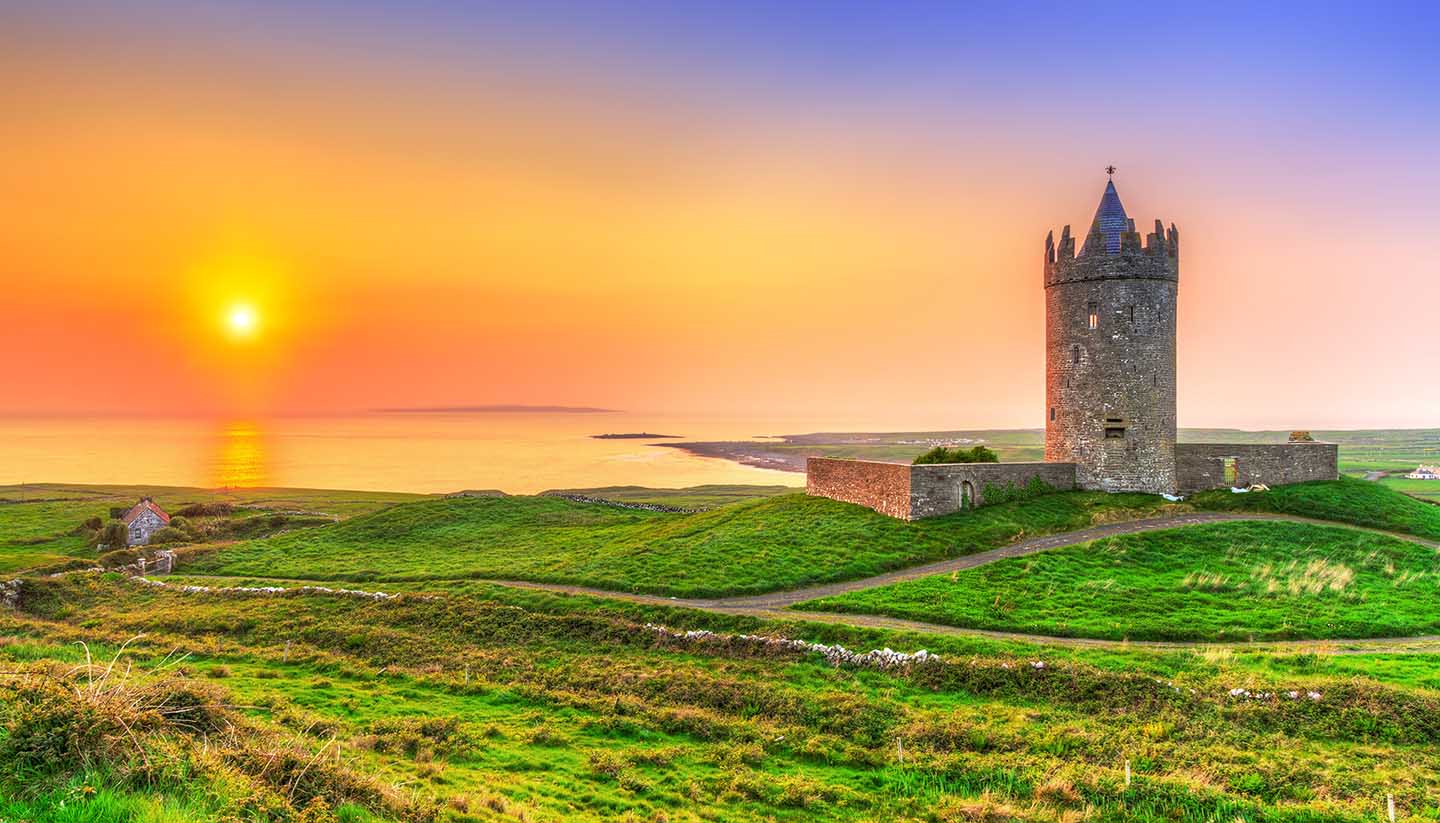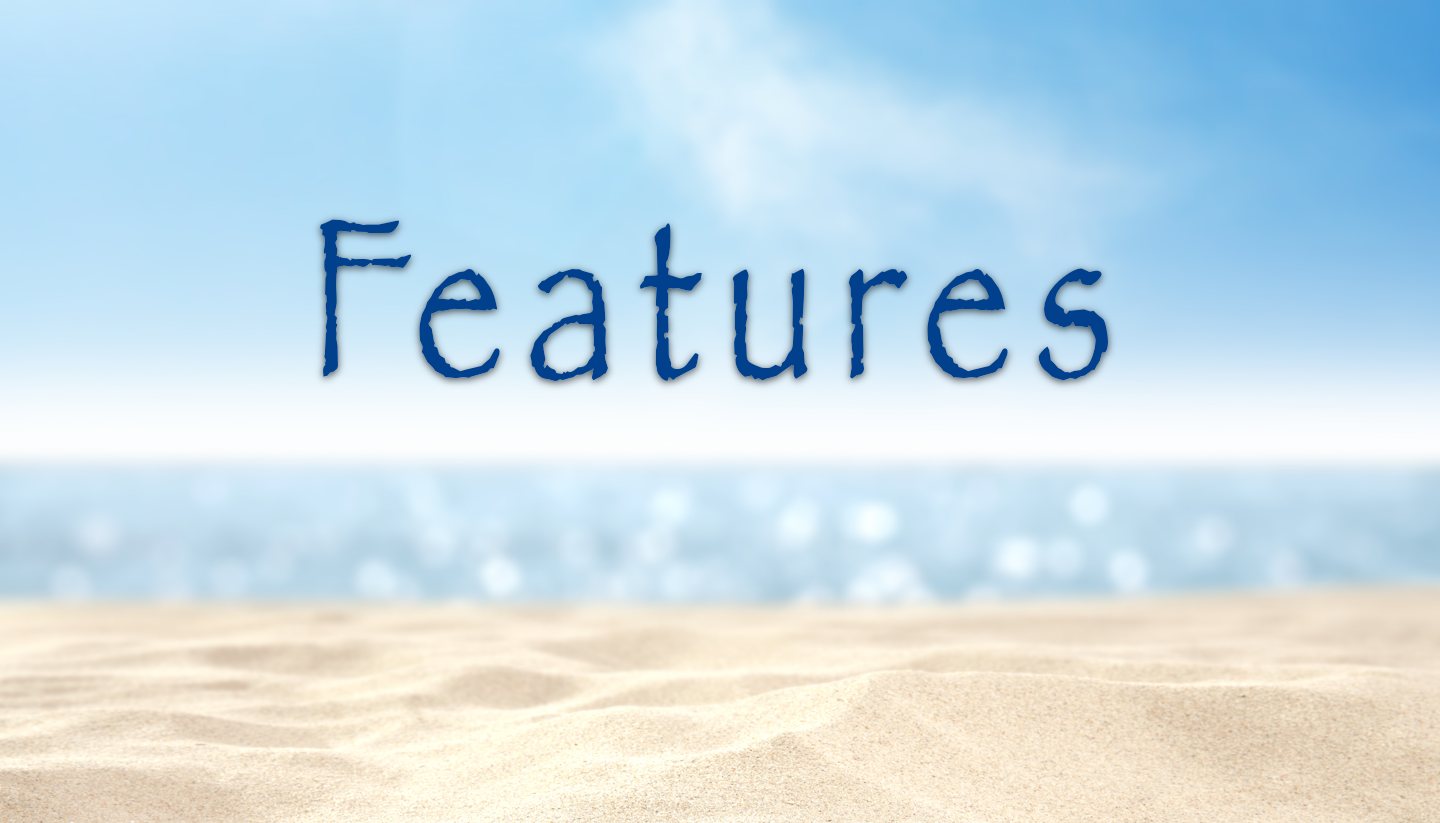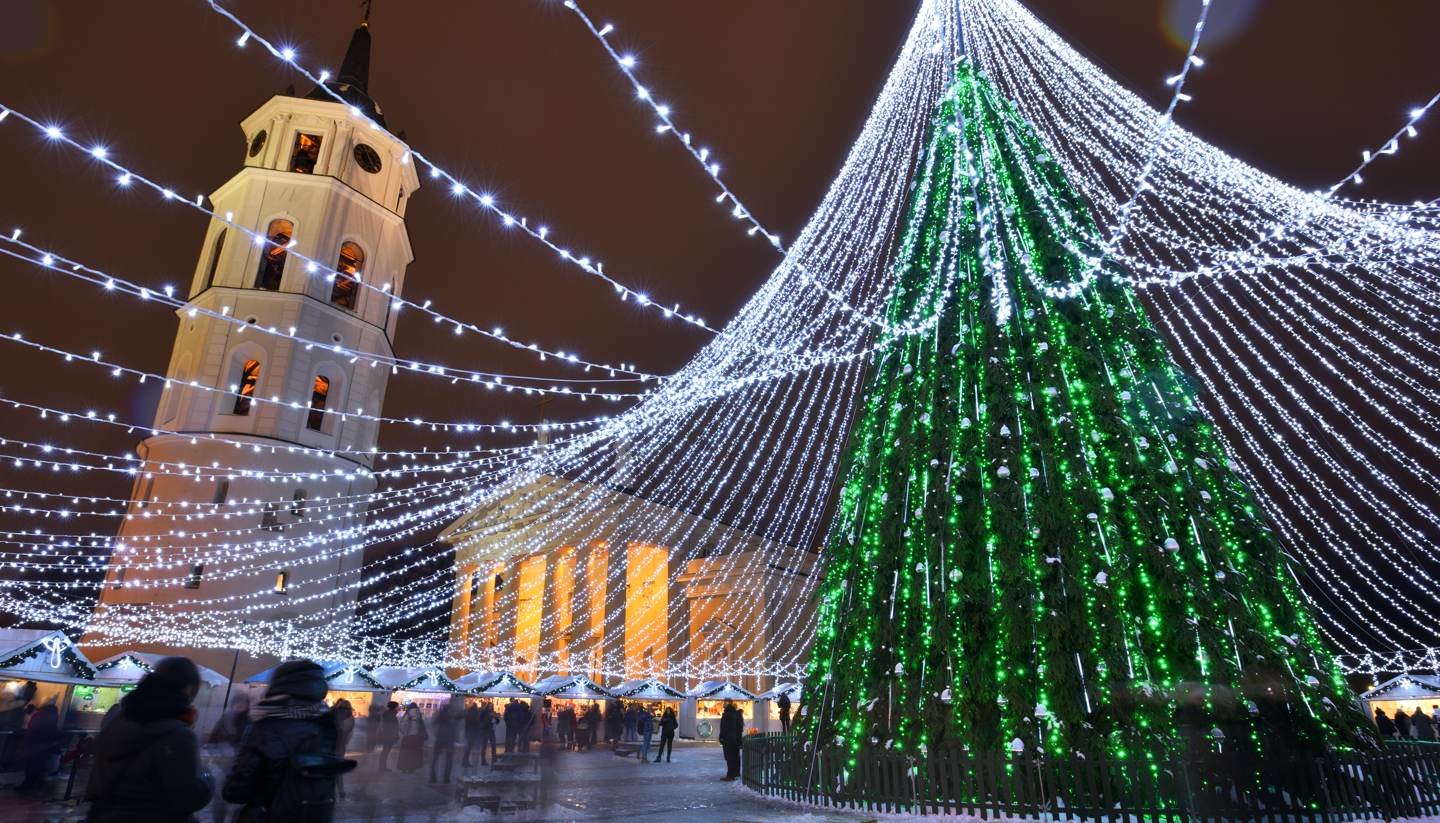Ireland Weather, climate and geography
Weather and climate
Best time to visit
Ireland's relatively temperate climate is due to mild southwesterly winds and the effects of the Atlantic Gulf Stream. Summers are warm – only rarely getting unpleasantly hot – while temperatures during winter are much cooler, although it’s far from common for the temperature to drop below freezing and snowfall is rare. Spring and autumn are very mild, with rainfall expected all year round.
The other chief characteristic of the climate, however, is its unpredictability. You might be basking in balmy T-shirt weather one week, then wrapping up to stave off the chill the next – all the while with an umbrella to hand.
Required clothing
Lightweights during summer with warmer mediumweights for the winter. Rainwear is advisable throughout the year. If you find yourself lacking anything essential on arrival, of course, all key centres are well stocked with clothing outlets, with the larger cities particularly good in terms of picking up high quality outdoor equipment. And it's worth remembering that certain clothing items which are more commonly seen as souvenirs – hand-knit Aran sweaters, for example – can be practical purchases for the trip itself.
Geography
The Republic of Ireland lies in the north Atlantic Ocean and is separated from Britain by the Irish Sea to the west. The northeastern part of the island (Northern Ireland) is part of the United Kingdom.
There are four provinces: Leinster, which covers the eastern portion of the country around Dublin; Munster, which covers the south; Connacht, which covers the west of Ireland; and Ulster, which is predominantly in Northern Ireland but also covers the northern tip of the Republic.
Ireland has a central plain surrounded by a rim of mountains and hills offering some of the most varied and unspoilt scenery in Europe. Inland you’ll find bogs, moors, forests, lakes, mountains and wetlands. Quiet sandy beaches, semi-tropical bays warmed by the Gulf Stream, and rugged cliffs make up the 5,600km (3,500 miles) of coastline.
For those who really want to make the most of the coastal scenery (and are keen to see a bit of Northern Ireland too), a full loop of the island – sticking close to the sea at all times – can be done with ease in a couple of weeks.
Together, the landscape and the offshore waters provide a good habitat for a wide variety of wildlife. Seals and dolphins are spotted regularly, while the Cork coast even offers the chance to whale-watch over the summer months.
There are numerous rivers in Ireland, the longest of which – the River Shannon, at 360 km (224 miles) in length – is also seen as one of the country’s most picturesque. Other notable waterways include the River Liffey, which flows from the Wicklow Mountains to the Irish Sea, through the centre of Dublin.





